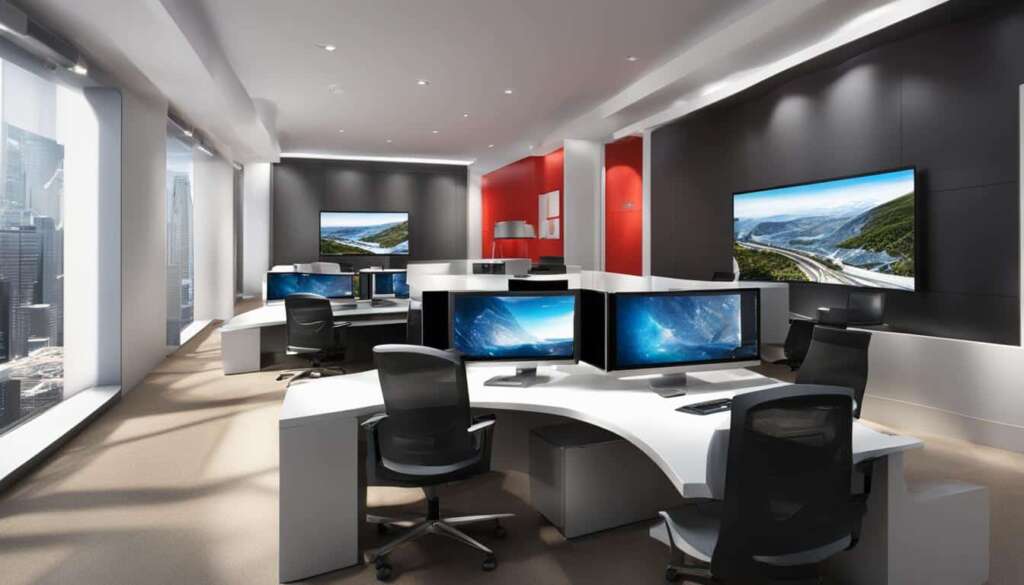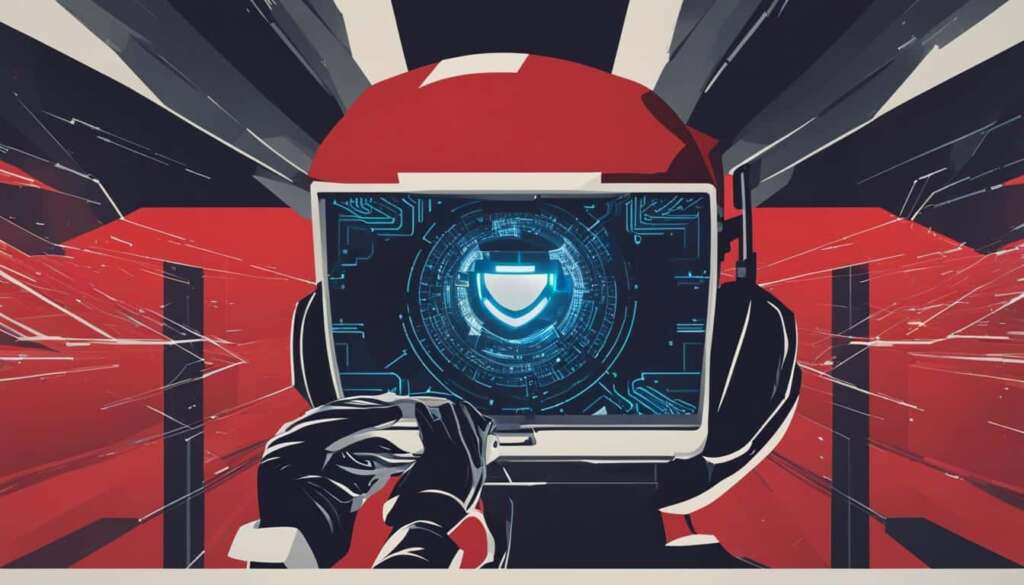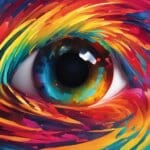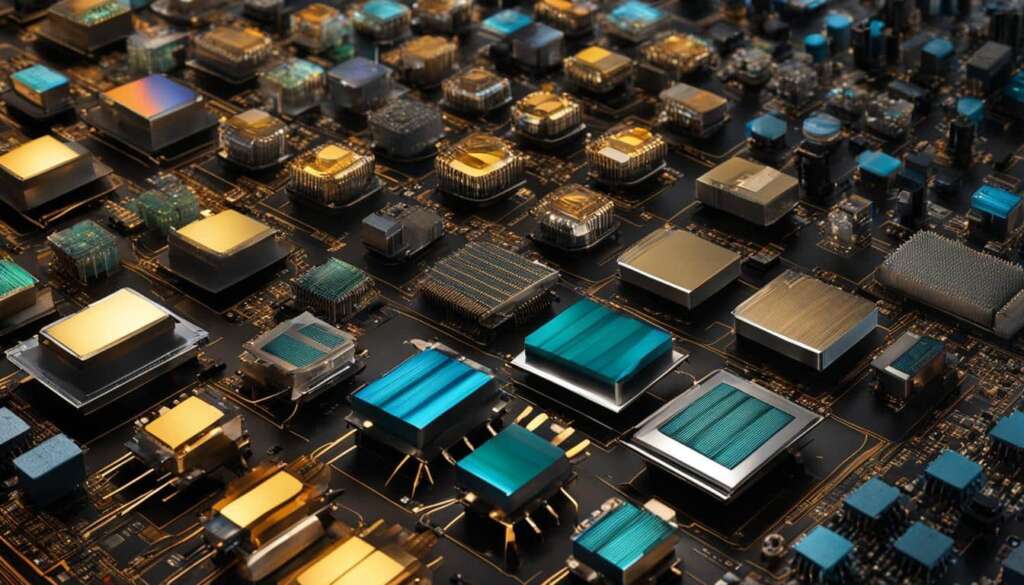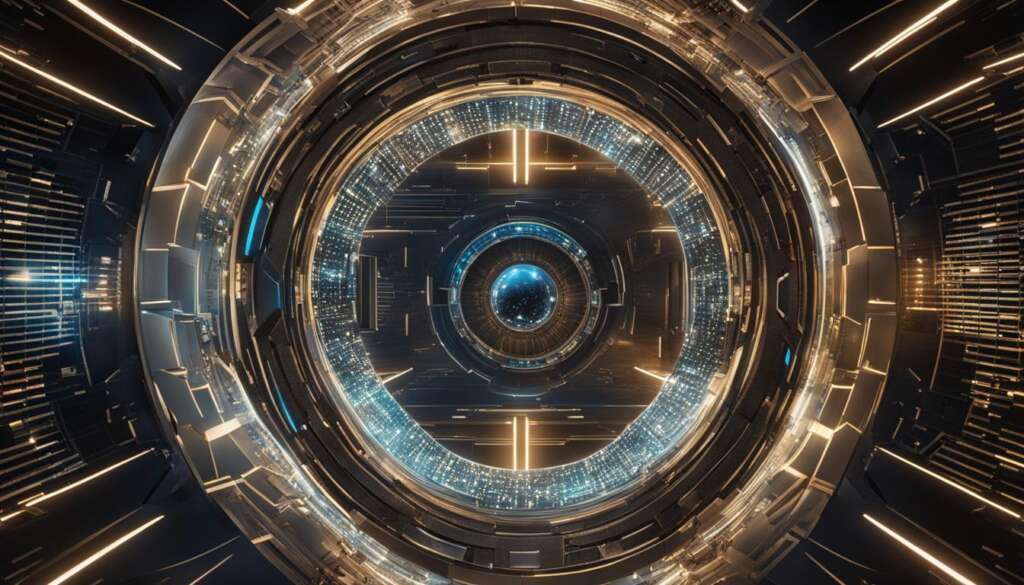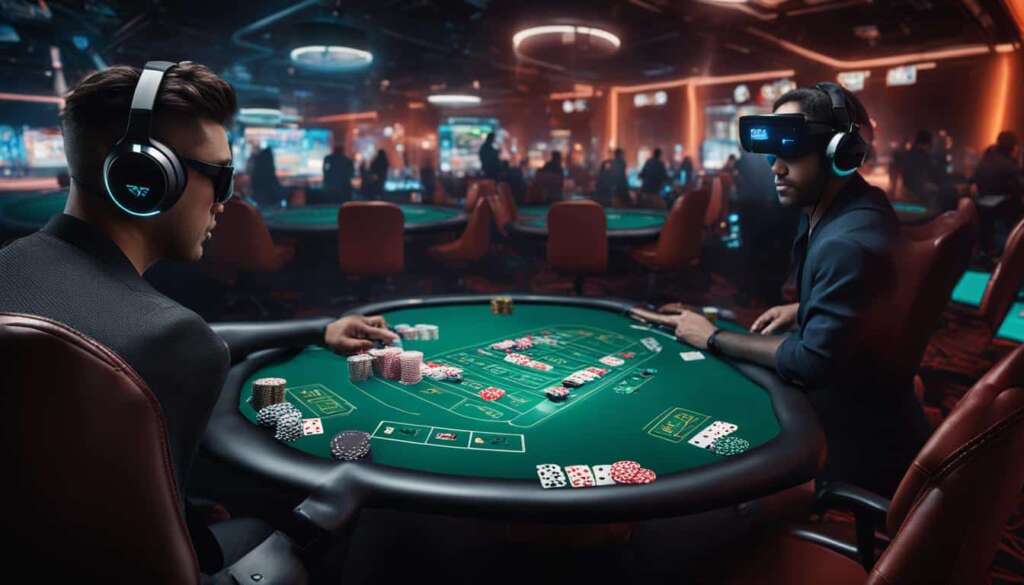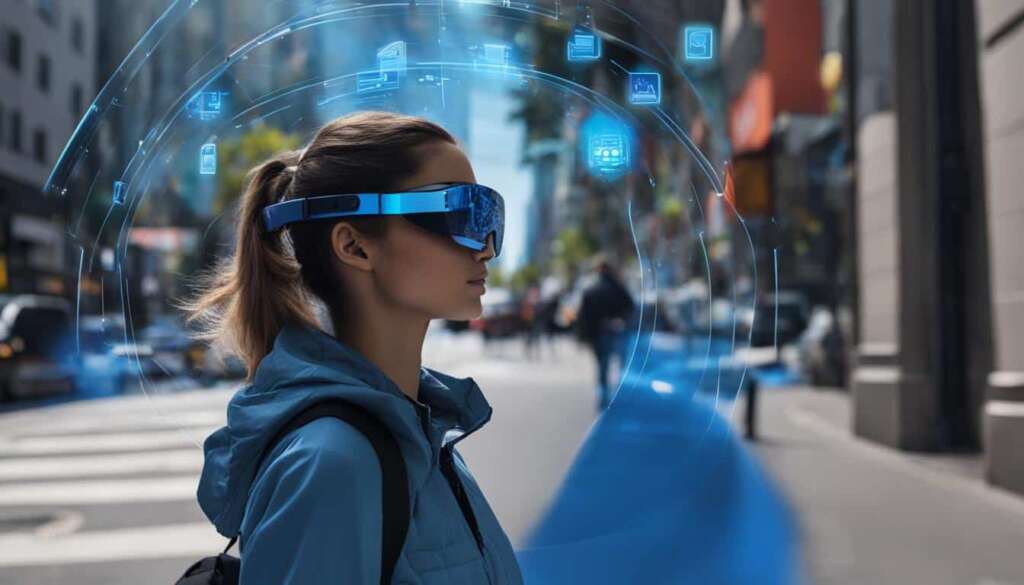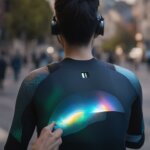Table of Contents
The role of 3D graphics in advertising and marketing has significantly evolved over time. From the earliest forms of advertising to the modern digital landscape, the use of 3D graphics has become essential in capturing attention and delivering impactful messages. With the advancements in technology, advertisers can now create visually stunning and conceptually engaging ads that effectively communicate their products and services to their target audience.
Computer-generated imagery, visual effects, animation, rendering, modeling, virtual reality, augmented reality, CGI, and graphic design are all integral components of 3D graphics that contribute to their effectiveness in advertising and marketing campaigns.
The Evolution of Advertising and the Need for Attention-Grabbing Visuals
Advertising has evolved significantly over time, from ancient Egypt’s earliest forms to the modern digital landscape. In today’s highly competitive market, where consumers are constantly bombarded with content, grabbing attention has become crucial for advertisers. To stand out from the crowd, ads need to capture attention and engage viewers from the moment they see them. This is where visuals play a vital role.
Visuals have the power to captivate audiences and leave a lasting impression. They help convey messages quickly and effectively, making them essential in the advertising world. Whether it’s a stunning image, a striking video, or an eye-catching animation, visuals can make an ad memorable and impactful. With the rise of 3D graphics, advertisers now have even more tools at their disposal to create attention-grabbing visuals that can elevate their campaigns to new heights.
By leveraging the capabilities of 3D graphics, advertisers can create visually stunning and conceptually engaging ads. These graphics allow for the creation of realistic and immersive environments, bringing products and services to life in ways that traditional advertising methods cannot. They allow advertisers to showcase products from different angles, highlight specific features, and even demonstrate how they work. With 3D graphics, advertising becomes more dynamic and interactive, capturing attention and leaving a lasting impression on viewers.
“Visuals are the language of advertising. They have the power to captivate audiences and convey messages in a way that words alone cannot.” – Advertising Expert
In today’s fast-paced digital world, where attention spans are shorter than ever, attention-grabbing visuals have become a necessity for advertisers. The evolution of advertising has shown that visuals play a crucial role in capturing and retaining viewers’ attention. With the rise of 3D graphics, advertisers have a powerful tool to create visually stunning and conceptually engaging ads that can make a lasting impact on their target audience.
The Evolution of Advertising and the Need for Attention-Grabbing Visuals
| Traditional Advertising | Modern Advertising |
|---|---|
| Relied heavily on text and simple visuals | Utilizes eye-catching visuals and interactive elements |
| Less engaging and memorable | Makes ads more memorable and impactful |
| Less effective in capturing attention | Grabs attention and engages viewers from the start |
| Limited creativity and innovation | Allows for more creative and innovative ads |
The use of attention-grabbing visuals in advertising has proven to be essential as the industry has evolved. Traditional advertising relied heavily on text and simple visuals, making it less engaging and memorable. In contrast, modern advertising embraces eye-catching visuals and interactive elements to make ads more memorable and impactful. This shift has been driven by the need to capture attention and stand out in a crowded market.
The table above highlights the key contrasts between traditional and modern advertising. Traditional advertising relied on less engaging content, which made it less effective in capturing attention. On the other hand, modern advertising utilizes attention-grabbing visuals that grab attention and engage viewers from the start. This shift has allowed for more creativity and innovation in advertising, enabling brands to create ads that leave a lasting impression on their target audience.
The Role of 3D Graphics in Advertising
3D graphics play a vital role in the world of advertising, bringing a visual impact that captivates audiences and enhances brand communication. Utilizing cutting-edge technology, advertisers can leverage the power of 3D graphics to convey product benefits, communicate intangible concepts, and create impossible characters or situations that push the boundaries of creativity.
One of the key advantages of 3D graphics in advertising is the ability to visualize product benefits in a way that traditional mediums may not be able to achieve. With 3D rendering and modeling techniques, advertisers can showcase the intricate details of a product, highlight its features, and demonstrate its functionality with realism and precision. This allows consumers to better understand and appreciate the value that a product or service brings to their lives.
In addition, 3D graphics have the power to concretize intangible concepts. They can transform abstract ideas, such as a feeling or an experience, into tangible visual representations. For example, a 3D animation can visualize the comfort and support provided by a mattress, allowing viewers to emotionally connect with the brand and its messaging. By making the intangible tangible, 3D graphics help create a strong emotional connection between the audience and the advertised product or service.
| Advantages of 3D Graphics in Advertising | Examples |
|---|---|
| Visualizing product benefits | A 3D animation showcasing the durability of a smartphone case by simulating impact and drop tests. |
| Concretizing intangible concepts | An animated 3D visualization of the ease and convenience of using a mobile banking app. |
| Creating impossible characters or situations | Using 3D graphics to bring to life talking animals or fantastical environments in a children’s toy advertisement. |
Furthermore, 3D graphics provide advertisers with the creative freedom to create impossible characters or situations. By designing and animating characters that are outside the realm of reality, advertisers can capture the imagination of their audience and create memorable experiences. These impossible characters and situations help brands stand out and create a unique identity in the minds of consumers.
Whether it’s visualizing product benefits, concretizing intangible concepts, or creating impossible characters, 3D graphics have become an essential tool for advertisers in delivering impactful and visually engaging advertisements. As technology continues to evolve, the possibilities for incorporating 3D graphics into advertising campaigns will only continue to expand, allowing brands to push the boundaries of creativity and captivate audiences in new and exciting ways.
The Power of 3D Digital Billboards in Advertising
3D digital billboards have revolutionized the advertising industry by combining the visual impact of three-dimensional designs with the dynamic capabilities of digital technology. These billboards can showcase moving images, videos, real-time data, and interactive elements, providing a captivating and engaging experience for viewers.
Compared to traditional billboards, 3D digital billboards offer more flexibility and the ability to update and modify content in real time, ensuring messages remain relevant and timely. The dynamic nature of these billboards allows advertisers to create eye-catching and attention-grabbing campaigns, making them an effective tool for reaching a wide audience.
With their interactive features, 3D digital billboards have the power to create memorable experiences for consumers. By incorporating elements such as touchscreens, motion sensors, or augmented reality, advertisers can engage viewers on a deeper level. This level of interactivity not only captures attention but also leaves a lasting impression, increasing the chances of consumer engagement and brand recall.
The Benefits of 3D Digital Billboards
3D digital billboards make advertising more dynamic, interactive, and captivating.
The use of 3D digital billboards offers several benefits for advertisers. Firstly, they allow for dynamic content that can be updated and modified in real time. This flexibility ensures that advertisers can adapt their messages to suit changing circumstances, such as promotions, events, or the current social and cultural climate.
Secondly, the interactive nature of 3D digital billboards allows for greater engagement with consumers. By providing options for interaction, such as games, quizzes, or surveys, advertisers can encourage active participation and create a more meaningful connection with their target audience.
Lastly, the captivating visual nature of 3D digital billboards makes them highly effective in capturing attention and standing out in a crowded advertising landscape. Their ability to create a three-dimensional visual experience makes them memorable and helps advertisers make a lasting impact on viewers.
| Benefits of 3D Digital Billboards | |
|---|---|
| Dynamic and real-time content updates | Ensures messages remain relevant and timely |
| Interactive features | Engage viewers on a deeper level |
| Captivating visual nature | Captures attention and makes a lasting impact |
Utilizing 3D Digital Billboards in Various Industries
3D digital billboards have found applications in various industries, including airports, luxury hotels, museums, retail spaces, real estate, and businesses. In airports, these billboards can provide real-time flight information and showcase advertisements for travel services, creating a visually captivating and informative experience for passengers. Luxury hotels can leverage 3D digital billboards to promote the amenities and events they offer, enhancing the overall guest experience and creating a memorable impression.
Museums can utilize these billboards to display informational content and engage visitors. By incorporating 3D graphics, museums can bring history and art to life, offering interactive and immersive experiences that captivate and educate their audiences. In retail spaces, 3D digital billboards can be used to attract customers and promote products through dynamic displays. The visually captivating nature of 3D graphics helps retailers stand out and draw attention to their offerings.
Real estate marketers can also benefit from the use of 3D digital billboards. These billboards allow them to showcase properties, architectural designs, and virtual tours, providing potential buyers with a realistic and immersive preview of what they can expect. By incorporating 3D graphics, real estate marketers can highlight the features and benefits of the properties they are selling, increasing their chances of attracting interested buyers.
Table: Industries Utilizing 3D Digital Billboards
| Industry | Applications |
|---|---|
| Airports | Real-time flight information and travel service advertisements |
| Luxury Hotels | Promoting amenities and events |
| Museums | Displaying informational content and creating immersive experiences |
| Retail | Attracting customers and promoting products |
| Real Estate | Showcasing properties, architectural designs, and virtual tours |
| Businesses | Enhancing brand visibility and promotional efforts |
Businesses from various sectors can also benefit from the visually captivating and engaging nature of 3D digital billboards. These billboards can help enhance brand visibility, attract customers, and create memorable promotional campaigns. By incorporating 3D graphics, businesses can stand out from their competitors and effectively communicate their messages to their target audience.
Planning and Creating a 3D Digital Billboard Advertising Campaign
To launch a successful 3D digital billboard advertising campaign, careful planning and collaboration are essential. Here are the key steps involved in creating an impactful campaign:
1. Define your target audience:
Before diving into the creative process, it’s crucial to identify your target audience. Understanding their demographics, interests, and preferences will help shape your overall campaign strategy and message.
2. Align creative elements with your brand identity:
Once you have a clear understanding of your target audience, it’s time to align your creative elements with your brand identity. This includes selecting visuals, color schemes, typography, and messaging that resonate with your brand values and aesthetics. Consistency is key in building brand recognition and recall.
3. Choose the right billboard location:
The location of your 3D digital billboard plays a significant role in its effectiveness. Consider high-traffic areas where your target audience is likely to be present. Research local regulations and restrictions to ensure compliance and maximize visibility.
4. Content creation and collaboration:
Content creation is a collaborative process that involves storyboarding, visualization, and the expertise of a 3D design team. Work closely with designers to bring your ideas to life, ensuring that the visuals and messaging align with your campaign objectives.
By following these steps, you can create a compelling 3D digital billboard advertising campaign that captures attention and delivers your message effectively.
Benefits and Future Trends of 3D Digital Billboards
3D digital billboards offer numerous benefits to advertisers and marketers. One of the key advantages is the ability to create interactive experiences that capture the attention of viewers. Unlike traditional billboards, 3D digital billboards can incorporate dynamic elements such as moving images, videos, and real-time data. This interactive nature not only makes the content more engaging but also increases the chances of viewers remembering the advertisement.
Furthermore, 3D digital billboards have experienced increased adoption among advertisers due to their ability to create visually captivating displays. These billboards stand out from the surrounding environment, making it easier for businesses to grab the attention of potential customers. The combination of innovative technology and striking visuals helps create a lasting impression and enhances brand awareness.
3D digital billboards make boring content more engaging and memorable, while also being easily shareable.
The future of 3D digital billboards looks promising as technological advancements continue to make them more cost-effective and accessible. Virtual reality and augmented reality integration are expected to play a significant role in enhancing interactive experiences. With the growing demand for immersive advertising, advertisers will likely leverage these technologies to create unique and unforgettable experiences for consumers.
The Benefits of 3D Digital Billboards:
- Interactive experiences that capture attention
- Increased brand awareness and recognition
- Visually captivating displays that stand out
- Easily shareable content
Future Trends of 3D Digital Billboards:
- Integration of virtual reality and augmented reality
- Cost-effective technological advancements
- Further adoption by advertisers
As the advertising industry continues to evolve, 3D digital billboards will play a vital role in capturing and engaging audiences. With their ability to create interactive experiences and visually stunning displays, these billboards offer a unique platform for businesses to communicate their messages effectively.
| Benefits of 3D Digital Billboards | Future Trends of 3D Digital Billboards |
|---|---|
| Interactive experiences that capture attention | Integration of virtual reality and augmented reality |
| Increased brand awareness and recognition | Cost-effective technological advancements |
| Visually captivating displays that stand out | Further adoption by advertisers |
| Easily shareable content |
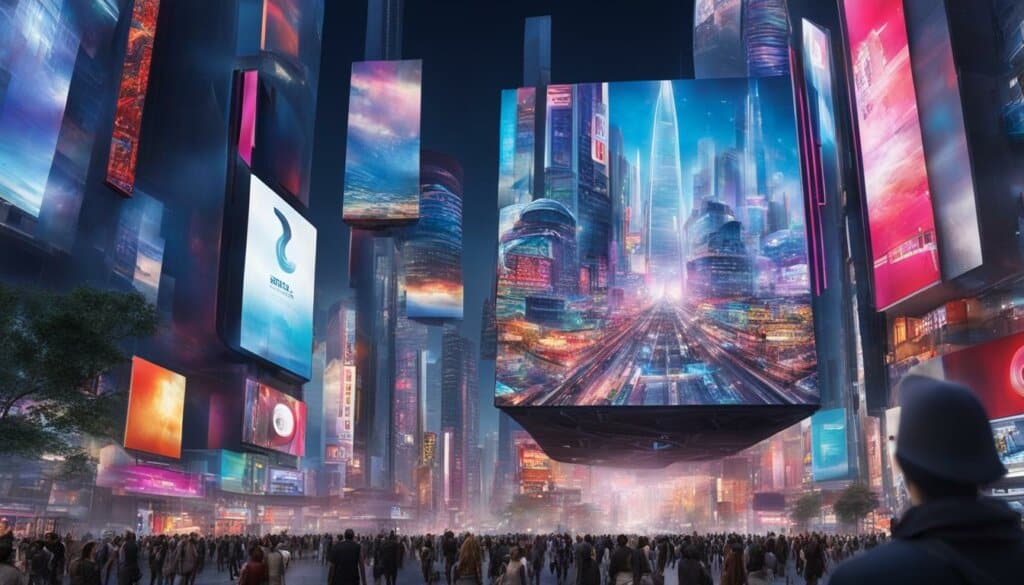
Overall, 3D digital billboards offer a range of benefits to advertisers and marketers, and their future looks promising with advancements in technology and increased adoption. With interactive experiences and visually captivating displays, these billboards have the potential to revolutionize advertising and create memorable brand experiences.
Conclusion
The impact of 3D graphics in advertising and marketing cannot be underestimated. Through visually stunning and engaging campaigns, advertisers can capture attention and deliver impactful messages to their target audience. The use of 3D digital billboards has revolutionized the advertising industry, offering dynamic and interactive capabilities that create a lasting visual impact and drive engagement.
Various industries, including airports, luxury hotels, museums, retail spaces, real estate, and businesses, have embraced 3D digital billboards to enhance their spaces and captivate their audience. These billboards provide a unique and immersive experience, allowing brands to stand out in a crowded market and increase brand awareness.
Looking towards the future, the possibilities for 3D graphics in advertising and marketing are endless. Interactive experiences, such as virtual reality and augmented reality integration, are expected to become more prevalent, further enhancing engagement with consumers. With increased adoption by advertisers and cost-effective technological advancements, the use of 3D graphics will continue to grow, offering new and innovative ways to create impactful and visually stunning campaigns.
Conclusion:
3D graphics have transformed the advertising and marketing industry, enabling advertisers to deliver visually stunning and engaging campaigns. The use of 3D digital billboards has revolutionized advertising, enhancing visual impact and engagement. As technology advances, the future of 3D graphics in advertising looks promising, with more interactive experiences and cost-effective advancements on the horizon.
FAQ
What is the role of 3D graphics in advertising and marketing?
3D graphics play a crucial role in capturing attention and delivering impactful messages in advertising and marketing. They can visualize product benefits and concretize intangible concepts, enabling advertisers to push the boundaries of creativity and engage their audience in unique ways.
How have 3D digital billboards revolutionized the advertising industry?
3D digital billboards combine the visual impact of three-dimensional designs with the dynamic capabilities of digital technology. They can showcase moving images, videos, real-time data, and interactive elements, providing a captivating and engaging experience for viewers. Compared to traditional billboards, 3D digital billboards offer more flexibility and the ability to update and modify content in real time.
In which industries can 3D digital billboards be used?
3D digital billboards have found applications in various industries, including airports, luxury hotels, museums, retail spaces, real estate, and businesses. They can be used to provide real-time flight information in airports, promote amenities and events in luxury hotels, display informational content in museums, attract customers and promote products in retail spaces, and showcase properties and architectural designs in real estate marketing.
What are the steps to launch a successful 3D digital billboard advertising campaign?
To launch a successful 3D digital billboard advertising campaign, you need to define your target audience and align creative elements with your brand identity. Choose the right billboard location to maximize visibility, and collaborate with a 3D design team to storyboard and visualize your content. Purchase ad space, implement 3D marketing strategies, monitor the campaign, and optimize and refine as necessary.
What are the benefits of using 3D digital billboards?
3D digital billboards make content more engaging and memorable, while also being easily shareable. They create and increase brand awareness, helping businesses stand out in a crowded market. In the future, interactive experiences with virtual reality and augmented reality integration are expected to become more prevalent.
What is the future of 3D graphics in advertising?
As technology continues to advance, the future of 3D graphics in advertising looks promising. There will be increasing possibilities for interactive experiences and cost-effective advancements, driving the use of 3D digital billboards.
Source Links
- https://garagefarm.net/blog/advertising-in-3d
- https://www.schoolofmotion.com/blog/why-you-should-use-motion-graphics-in-your-marketing
- https://medium.com/@imagist3ds-archviz/3d-digital-billboard-advertising-revolutionizing-advertising-in-the-digital-age-39aa185a1043

